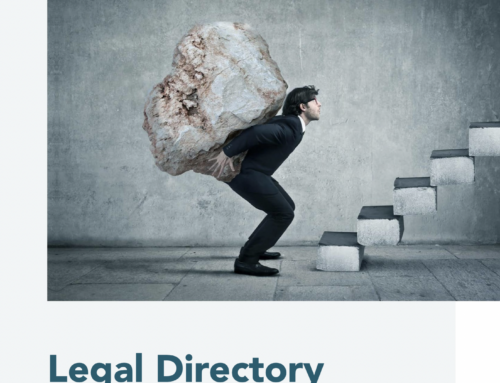With sustainability and climate change on the coming agenda at the 12-day COP 27 climate change conference in Sharm El Sheikh, Egypt in early November, we discovered more about Legal 500’s own Global Green Guide – now in its second year – and how law firms can engage.
After a lovely chat with Legal 500 researcher Maya Sainani, we draw your attention to the following:
Q What is the Legal 500 Global Green Guide? What inspired it?
The guide puts a spotlight on key firms around the globe which have been able to showcase a contribution to a green transition. It aims to provide a holistic view on firms’ engagement with sustainability, including both work for clients, as well as firms’ own best practices and initiatives.
Q How does a law firm submit and what is the methodology?
A The ongoing research is for the second edition, with the first guide here. This next guide will feature firms across the EMEA region that are particularly engaged in facilitating “green change”. We are looking both at firms’ work for clients in the realm of climate change mitigation, sustainability and ESG, and at firm’s own internal best practices and initiatives
Q Like the other Legal 500 guides, do you rank by tier or this more of a spotlight table?
The Green Guide does not rank firms by tier, but rather we assess according to the firm’s submission and a follow-up interview whether the firm merits inclusion in the guide. A submission does not result in automatic inclusion. Featured firms will be able to demonstrate a relevant work portfolio, concrete internal actions, and particular team members’ engagement that goes beyond the handling of mandates.
Featured firms will be reviewed on a yearly basis according to provided information and market context, and inclusion in one year does not guarantee inclusion the next year.
There is no “best number of matters” to include – merely the most appropriate matters.
Q We act for clients in Europe and the Middle East, and elsewhere. Not all jurisdictions are presently covered. What are the guide’s objectives going forward, and if the jurisdiction is not covered, is it still worth submitting?
Firms can send in from anywhere and can also appear on their own. As we don’t rank, there is an editorial about the firms that ARE included.
Q Within a firm’s workload, what do you hope to see?
A We look to draw attention to a diverse range of matters across multiple practice areas which fall broadly into the category of sustainability work. We are looking for the most innovative and complex work in the transition to decarbonization but will also give consideration to a consistent and longstanding track record in relevant routine work.
We consider energy and environment work (so those submissions can be used as a starting point).
Advice to the fossil fuel sector will be considered where it relates to advancing a green transition; renewable energy (solar, wind, etc), Green Bonds related work would also be considered.
Q Outside of this work for clients, what would you look to see?
We also consider any sustainability-related matters too, as well as internal best practices and initiatives. With climate change front and center, we look to see what law firms are doing with regards to setting out internal goals and measures to reduce carbon footprints. Steps to measure CO2 emissions, reducing paper waste, etc.
We look for specific steps that have been taken towards helping their clients make progress, as well as making progress within the firm. Whether making small internal changes, driving conversations about ESG, or assisting clients with sustainability matters, you have the chance to put that down in the submission document or tell us in a phone interview. With an extended November 4 deadline for EMEA, the US deadline in February and a separate UK deadline in June, you can find out more details here or contact us.









